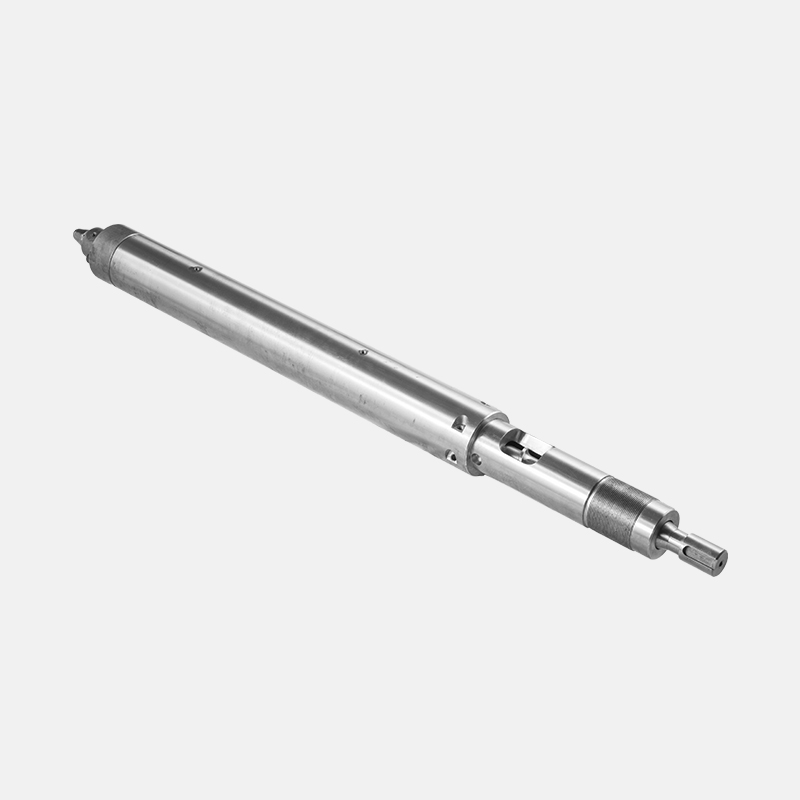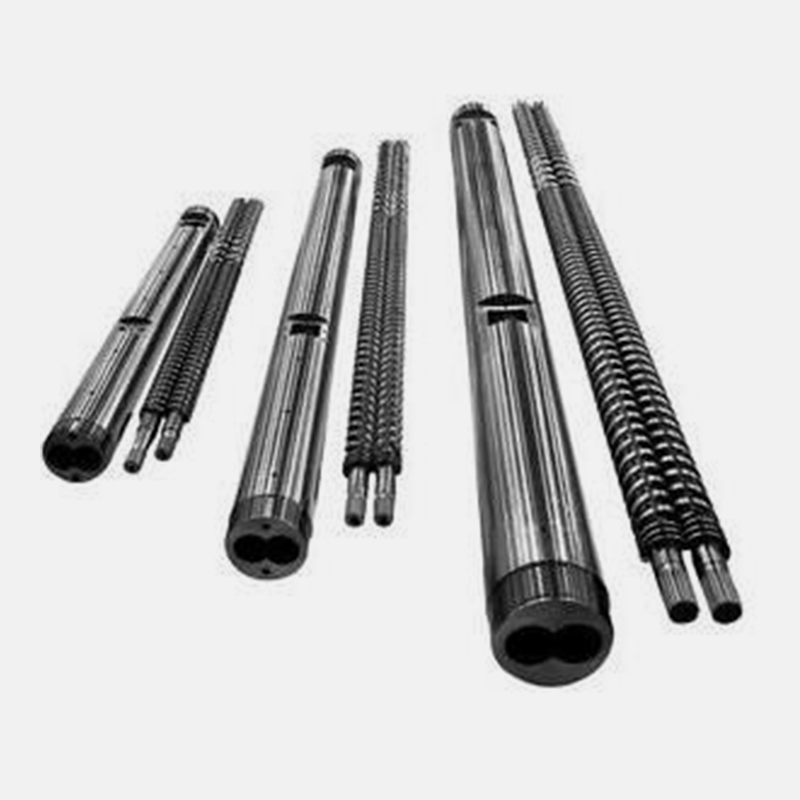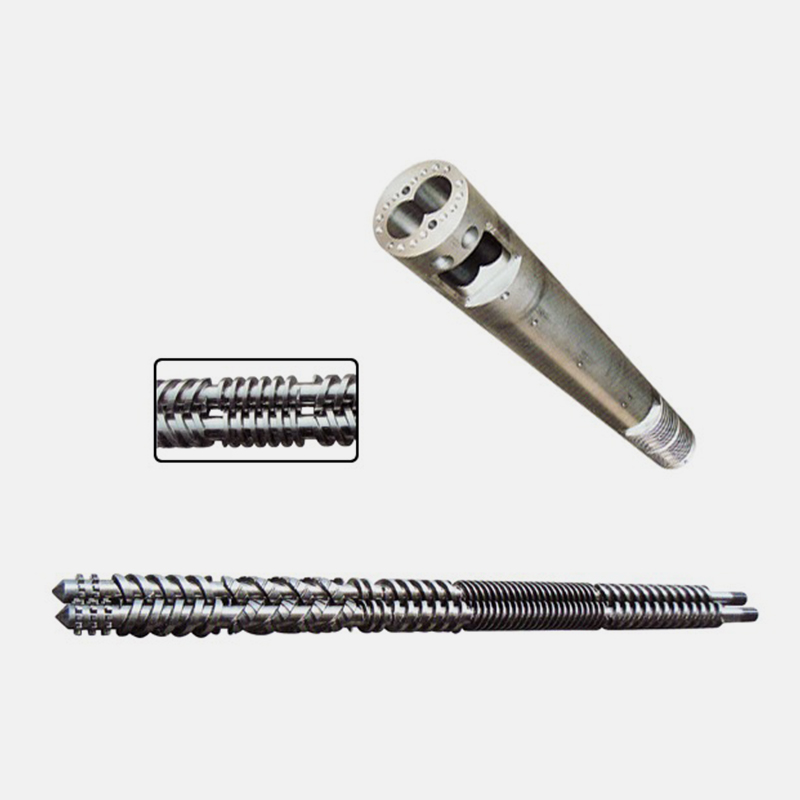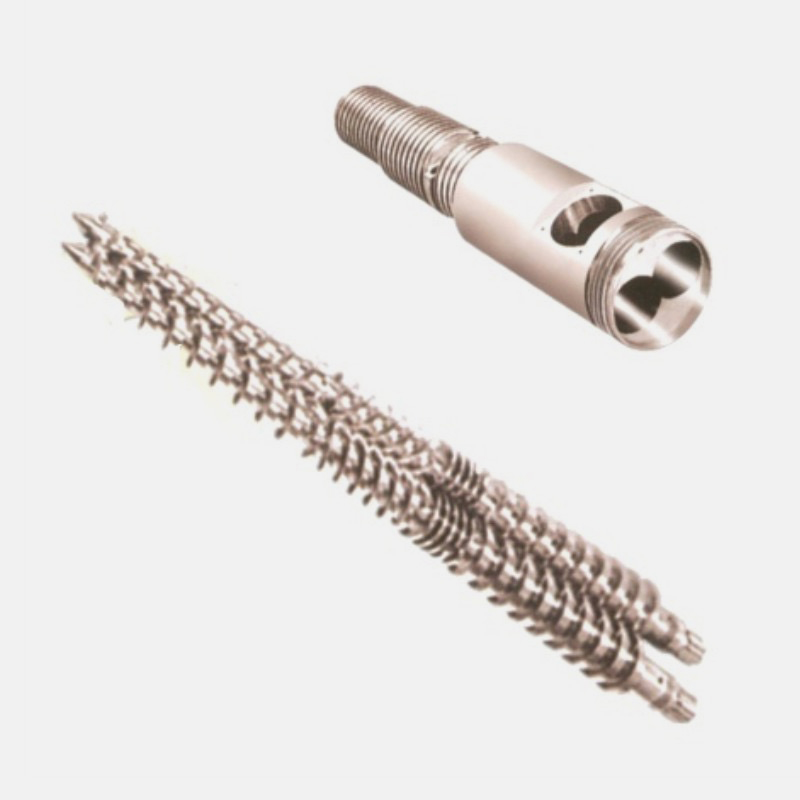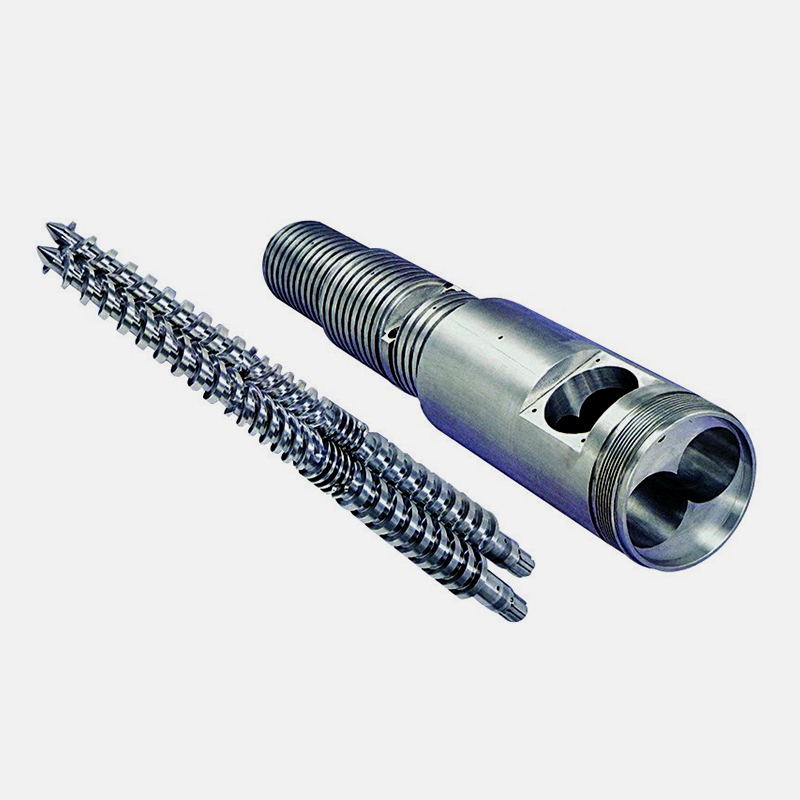Classification of twin-screw barrel:
According to the rotation direction of the twin screw, it can be divided into two types: the same direction and the opposite direction. Co-rotating screw barrel means that the rotation direction of two screws is the same when working, and counter-rotating screw barrel means that the rotation direction of two screws is opposite when working.
According to whether the axis of twin screw is parallel or not, it can be divided into two types of screw barrel with parallel axis and intersecting axis. The parallel twin screw barrel is the one with parallel axis, and the conical twin screw barrel is the one with intersecting axis.
Twin-screw barrel can also be divided into meshing and non-meshing.
Both have the conveying mechanism of forcing plastics forward, good mixing plasticizing capacity and dehydration capacity, and basically the same adaptability to materials and plastic products forming process.
Differences between parallel and conical twin-screw barrel:
1. Diameter: the diameter of parallel twin screw is the same, while the diameter of small end of conical twin screw is different from that of large end;
2. Concentric distance: the center distance of the flat twin screw is the same, the two axes of the conical twin screw are at an included angle, and the size of the center distance changes along the axis;
3. Length-diameter ratio: parallel twin screw (L/D) refers to the ratio of the effective part length of the screw to the outer circle of the screw, and conical twin screw (L/D) refers to the ratio of the effective part length of the screw to the average value of the diameter of the large end and the diameter of the small end.
From the above points, we can clearly see that the most significant difference between parallel and conical twin-screw barrel is the different geometry of screw barrel, which leads to many differences in structure and performance. Although the two have different characteristics, they have their own advantages.
The parallel twin screw barrel is limited by the small size of the center distance between the two screws. In the transmission gearbox, the space given to the radial bearing and thrust bearing supporting the two output shafts and the related transmission gears is very limited. Although the designer has tried his best, he cannot solve the reality of bearing bearing capacity, small module and diameter of the gear, and small tail diameter of the two screws, resulting in poor torque resistance. Small output torque and poor load resistance are the most obvious defects of parallel twin-screw barrel. However, the plasticity of the length-diameter ratio is the advantage of the parallel twin screw. It can increase and reduce the length-diameter ratio to meet the requirements of the plastic processing technology according to the difference of the molding conditions, and can expand the application range of the parallel twin screw, but it is difficult to do this for the conical twin screw barrel.
The conical twin screw barrel is horizontally arranged with two conical screws, and the two axes are installed into the barrel at an included angle. The center distance between the two axes gradually increases from the small end to the large end, so that the two output shafts of the transmission gearbox have a large center distance. The gears and gear shafts in these transmission systems and the radial bearings and thrust bearings supporting these gear shafts have a large installation space, which can be used to install radial bearings and thrust bearings of larger specifications, Each transmission shaft has enough diameter to meet the transmission torque, so large working torque and large load bearing capacity are a major feature of conical twin-screw barrel. This parallel twin-screw barrel is incomparable. The thrust bearing of the twin-screw barrel When the twin-screw barrel is working, the melt will produce very large pressure (head pressure) at the head of the screw. The pressure is usually about 14MPA, sometimes even more than 30MPA. This pressure forms a strong axial thrust on the screw. The thrust force is the function of the thrust bearing.
Halogen-free screw assembly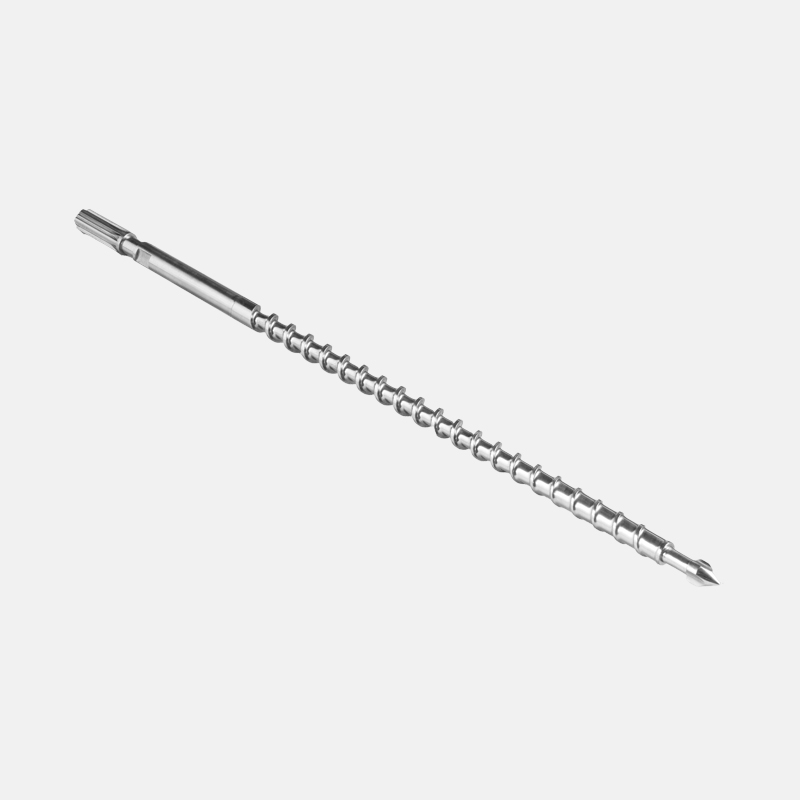

 English
English 简体中文
简体中文 España
España عربى
عربى


